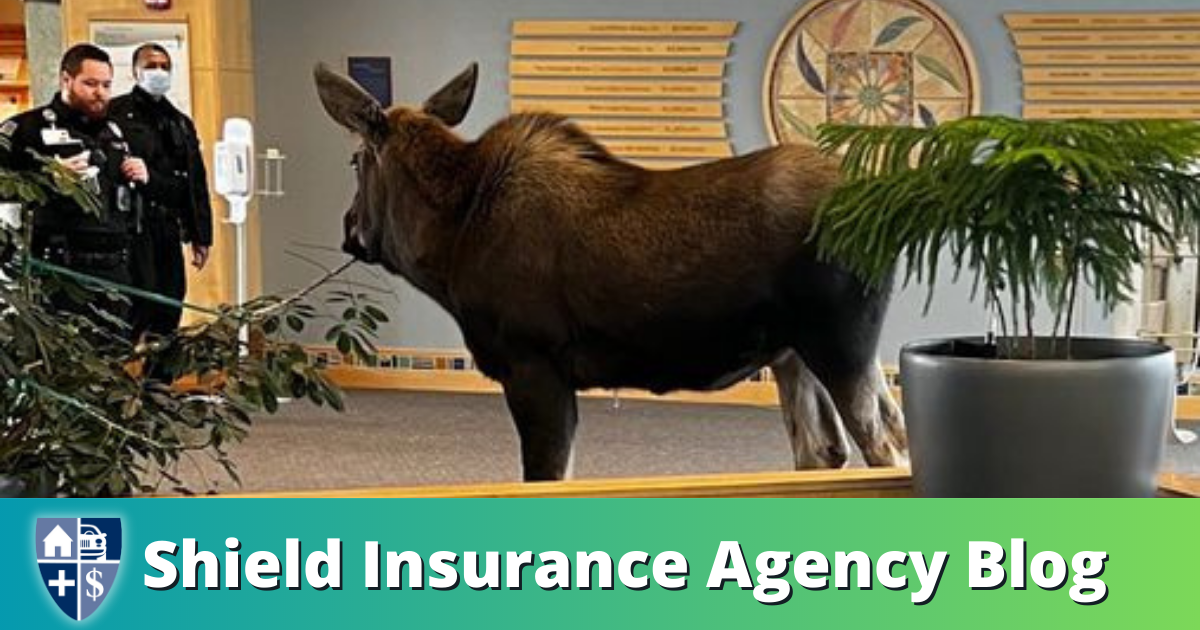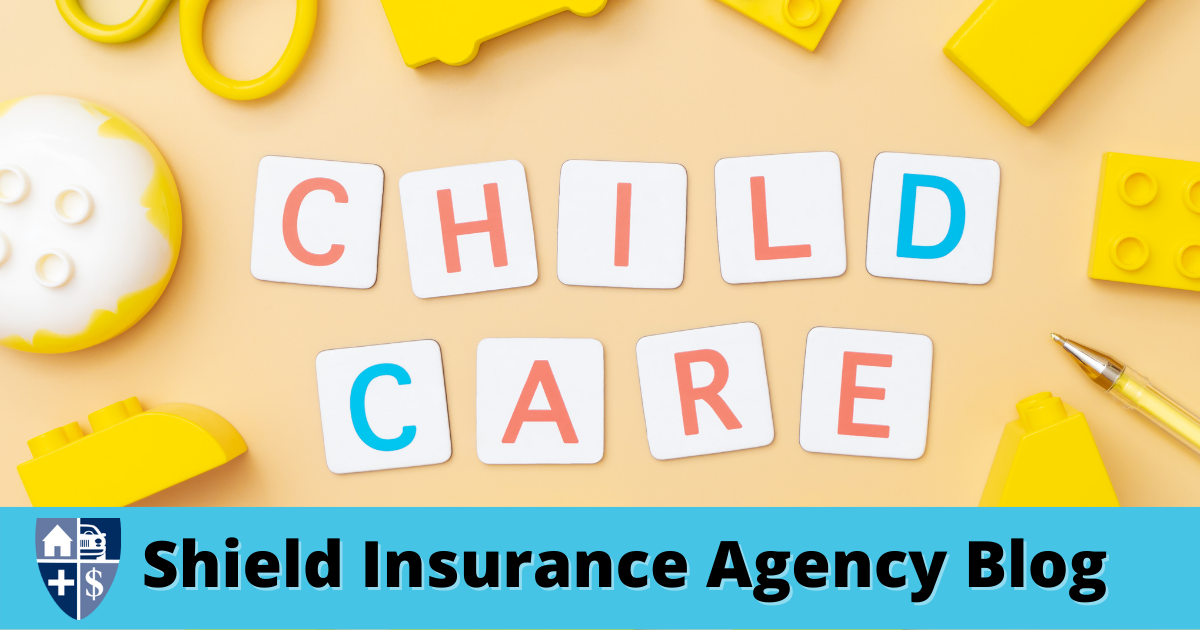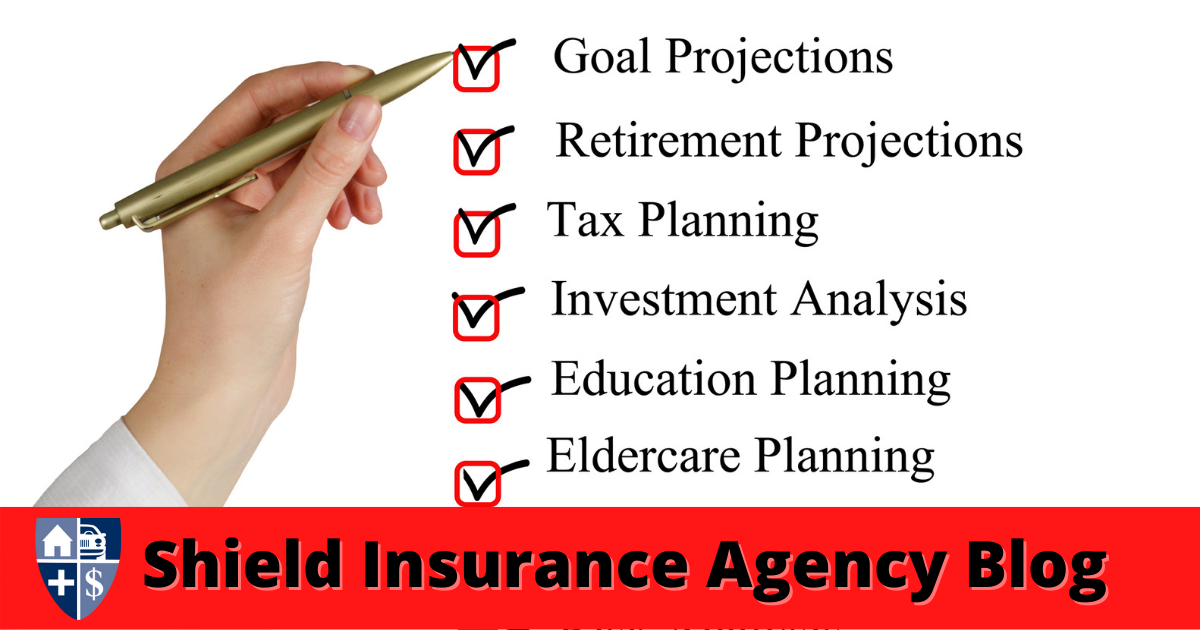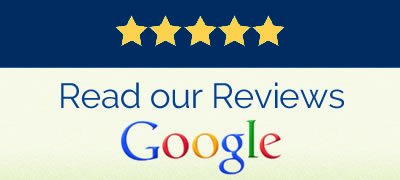
Insurance 101 for Beginners
Shield Insurance Blog | Insurance | Start a Quote Today!
What do I need to Know About Insurance?
Insurance is a crucial aspect of our lives that provides financial protection and peace of mind. Whether it’s car insurance, homeowners insurance, or any other type of insurance, understanding the basics is essential. In this blog post, we will explore the fundamental concepts of insurance, different types of insurance, and why it is important to have the right coverage.
Insurance is a contract between an individual or business and an insurance company. The individual or business pays a premium, and in return, the insurance company agrees to provide financial protection in the event of a covered loss. The purpose of insurance is to transfer the risk of potential financial loss from the insured to the insurance company.
Basic Terms and Definitions
To understand insurance better, it is essential to familiarize yourself with some basic terms and definitions. Here are a few key terms:
- Premium: The amount of money paid to the insurance company for coverage.
- Deductible: The amount the insured must pay out of pocket before the insurance company starts covering the loss.
- Policy: The contract that outlines the terms and conditions of the insurance coverage.
- Coverage: The specific protection provided by the insurance policy.
- Claim: A request made by the insured to the insurance company for compensation for a covered loss.
Car Insurance for Beginners
Car insurance is one of the most common types of insurance that people need. It provides financial protection in case of accidents, theft, or damage to your vehicle. Here are a few things to consider when getting car insurance:
- Liability Coverage: This coverage pays for damages and injuries you cause to others in an accident.
- Collision Coverage: This coverage pays for damages to your vehicle in case of a collision.
- Comprehensive Coverage: This coverage pays for damages to your vehicle caused by events other than collisions, such as theft or natural disasters.
Renters and Homeowners Coverage for Beginners
If you rent or own a home, it is crucial to have renters or homeowners insurance to protect your belongings and property. Here are a few key points to consider:
- Renters Insurance: This type of insurance provides coverage for your personal belongings in case of theft, fire, or other covered events. It also provides liability coverage in case someone gets injured in your rented property.
- Homeowners Insurance: This insurance covers your home and belongings against damage or loss caused by covered events. It also provides liability coverage and additional living expenses if your home becomes uninhabitable.
What other types of Insurance are there?
Apart from car insurance and homeowners/renters insurance, there are several other types of insurance that you may need depending on your circumstances. Some common types include:
- Health Insurance: This insurance provides coverage for medical expenses and can help protect you from high healthcare costs.
- Life Insurance: Life insurance provides financial protection to your loved ones in case of your death. It can help cover funeral expenses, pay off debts, and provide income replacement.
- Disability Insurance: This insurance provides income replacement if you become disabled and are unable to work.
- Umbrella Insurance: Umbrella insurance provides additional liability coverage beyond the limits of your other insurance policies. It can protect you from large lawsuits and claims.
Protection, Family, and Shield Agency
Insurance is all about protection, especially when it comes to your family and assets. Shield Insurance Agency understands the importance of having the right coverage and represents over 40 insurance companies to provide you with the best options. Whether you need car insurance, homeowners insurance, or any other type of insurance, Shield Insurance Agency can help.
Contact Shield Insurance Agency at (616) 896-4600 for a free quote today or start the quoting process by visiting this LINK, and an agent will be in touch soon. Don’t wait until it’s too late – protect yourself and your loved ones with the right insurance coverage.
Check out more blogs articles by Shiels Insurance
- Navigating Michigan Auto Insurance: Understanding Collision Coverage
- Russ Cook Runs 385 Marathons In 352 Days, Becomes First Man To Run Entire Length Of Africa
- Life Insurance Demystified: Whole Life vs. Term Life – Which is Right for You?
- Restaurant’s Quest For Mystery ‘ French Fry Girl ‘ Ends In Heartwarming Discovery
- Shield Insurance’s Roadmap to RV Insurance in Michigan: What You Need to Know






























































